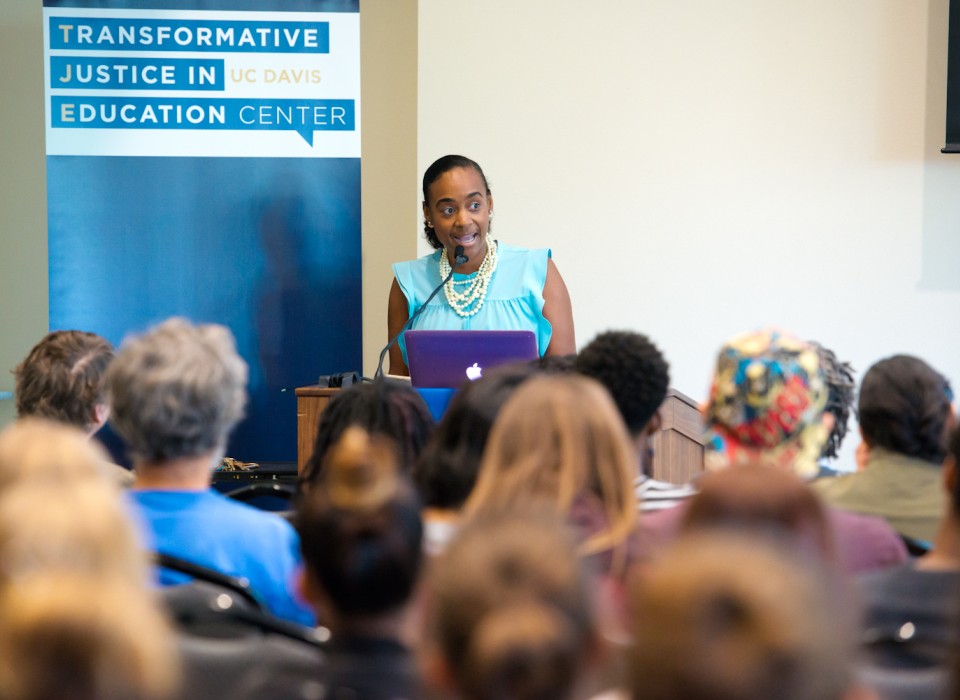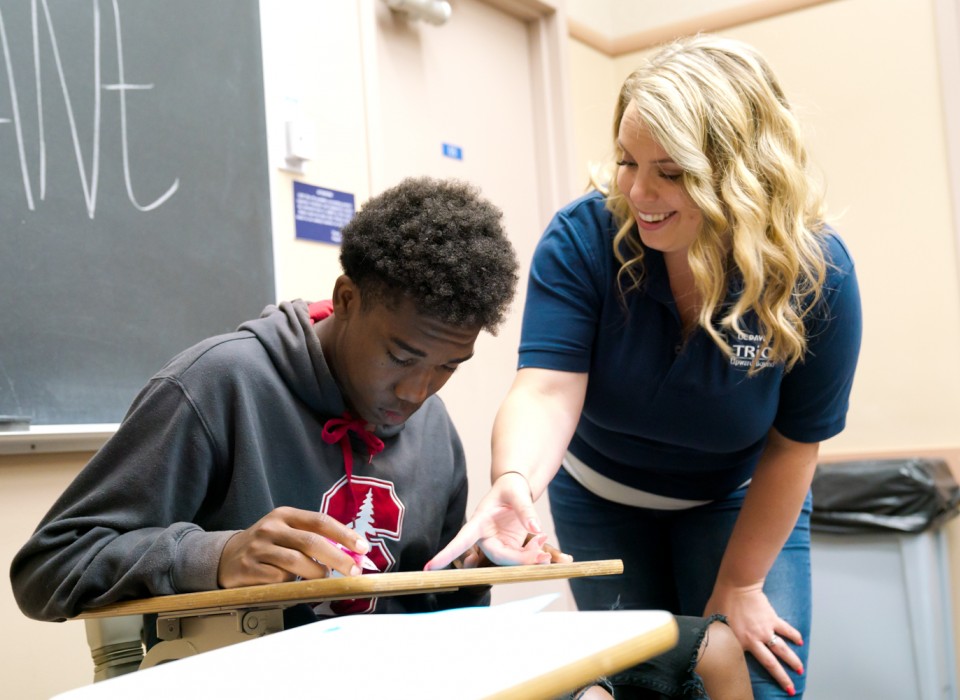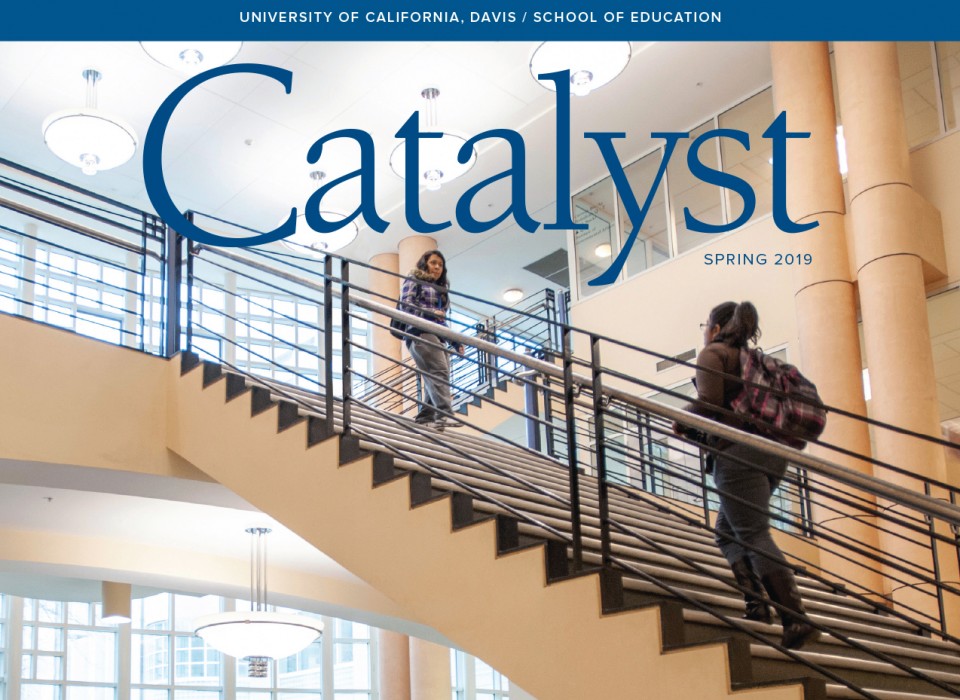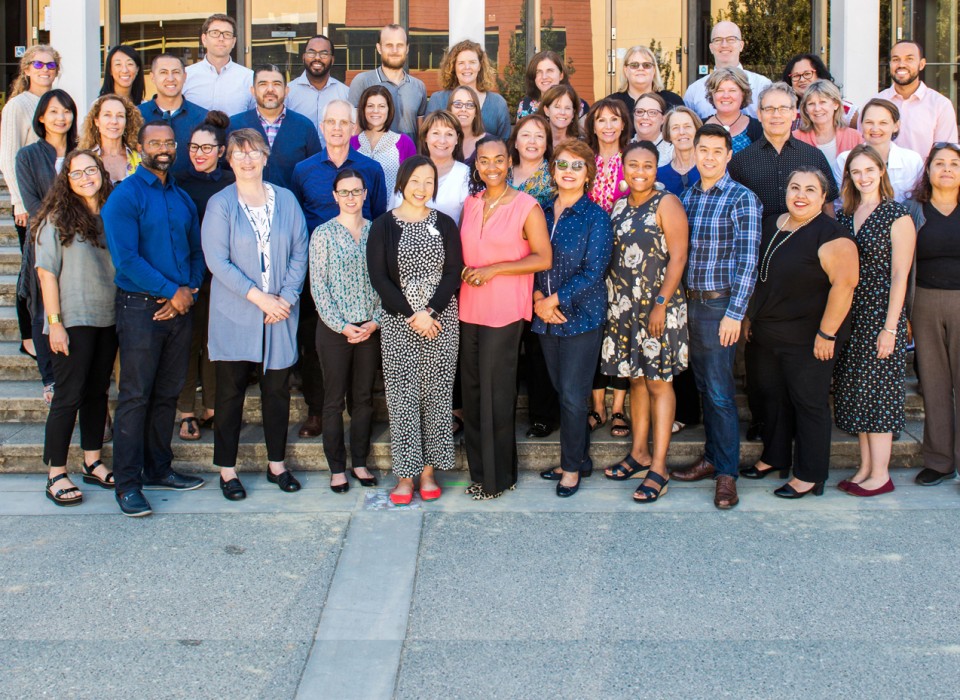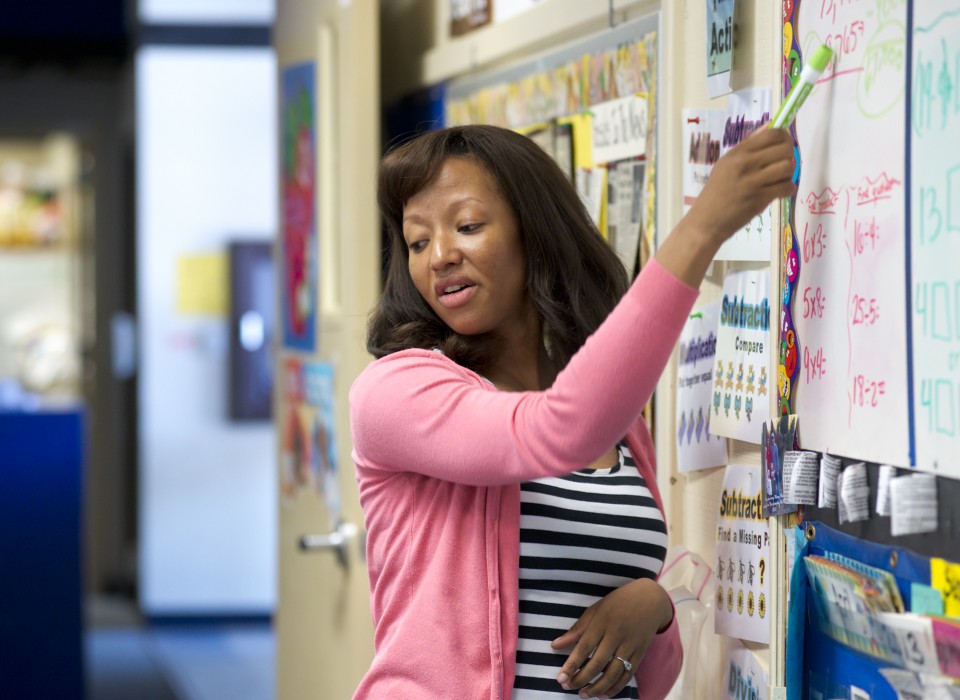Evaluating e21 Professional Development and Home-School-Community Involvement (2004)
Prepared by Joanne Bookmyer, Research and Evaluation Analyst (Center for Community School Partnerships/CRESS Center, School of Education, University of California at Davis) in collaboration with Bob Carlson, Director of the Center for Student Assessment and Program Accountability (Sacramento County Office of Education) for LEED Sacramento.August 2004.
Introduction and Summary
This report presents findings of an evaluation of the Sacramento City Unified School District’s (SCUSD) Comprehensive High School Reform Initiative known as “e21.” Linking Education and Economic Development (LEED Sacramento) undertook this evaluation as part of an on-going effort to assess the progress of implementing Small Schools and Small Learning Communities.
The evaluation focused on four of SCUSD’s participating high schools and was intended to be exploratory and formative in nature. Its purpose was to determine if professional development and home-school-community involvement goals and benchmarks detailed in the Schools for a New Society 2003-2004 Action Plan were being addressed, and to identify interesting or key issues that might inform decisions about how the initiative as a whole, and key partners within it, could best proceed.
The benefits of small learning communities (SLC) were acknowledged by all of the informants, even in schools where implementation has faced resistance. The results of this evaluation indicate a number of the elements of success reported by Kathleen Cotton (Northwest Regional Educational Laboratory, New Small Learning Communities: Findings From Recent Literature, December 2001) are present in the SCUSD. Further, exciting and promising practices are emerging. While inconsistent, there is evidence that shows teachers are being provided with the autonomy and support they need to focus on student learning and improving their own practice. The results also suggest that SLC are beginning to build their own sense of identity, in part by building career pathways, but are struggling with how to build relationships with both students and their families. This should not be surprising as staff are being asked to shift from a mentality that supported large and often impersonal comprehensive high schools to one that embraces small learning communities.

